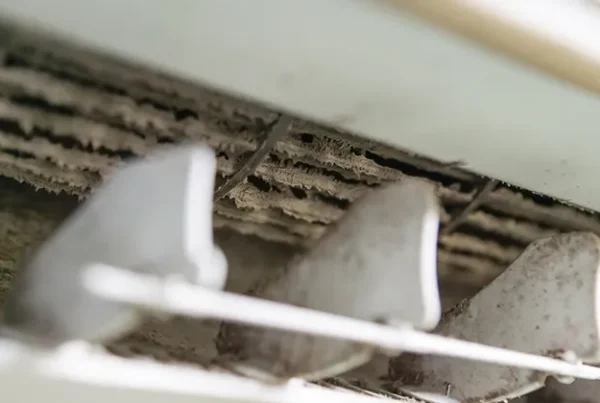Common Myths About Mold Remediation
Mold remediation is a complex and often misunderstood process. Various myths and misconceptions can lead to improper handling of mold problems. Here are some of the most common misconceptions about mold remediation:
Myth #1: “Mold is not harmful; it’s just unsightly.”
Reality:
Mold can be harmful, especially to individuals with allergies, asthma, or weakened immune systems. Certain types of mold produce mycotoxins, which can cause serious health issues. Ignoring mold because it appears harmless can lead to significant health risks and property damage over time.
Myth #2: “Bleach kills mold effectively.”
Reality:
While bleach can kill surface mold, it is not always effective at eliminating mold on porous materials like wood, drywall, and carpet. Bleach may not penetrate these materials, allowing mold to continue growing underneath the surface. Additionally, using bleach can sometimes make the problem worse by providing moisture for mold to thrive on. It can also cause health risks, including respiratory issues, especially when combined with other chemicals.
Myth #3: “Once mold is removed, it won’t come back.”
Reality:
Mold spores are always present in the environment, and they can regrow if the underlying moisture problem is not addressed. Effective mold remediation involves not only removing the existing mold but also identifying and fixing the source of moisture to prevent recurrence. Stop believing the lie.
Myth #4: “Mold only grows in dirty or neglected homes.”
Reality:
Mold can grow in any environment where there is moisture. Water leaks, high humidity, and poor ventilation can all contribute to mold growth, even in the cleanest homes.
Myth #5: “DIY mold removal is just as effective as professional remediation.”
Reality:
This is partially true. Homeowners can often handle small mold problems themselves. However, for significant infestations, mold in commercial buildings, or for legal reasons, professional remediation may be necessary to ensure thorough removal and prevent future growth. See our other guides for more information on DIY Mold Remediation.
Myth #6: “Painting over mold will solve the problem.”
Reality:
Painting over mold is a temporary solution. The mold can continue to grow and spread beneath the paint, eventually reappearing on the surface. Proper remediation involves removing the mold and addressing the moisture problem before repainting.
Myth #7: “All mold is black mold and highly toxic.”
Reality:
Not all mold is toxic, and not all black mold is Stachybotrys chartarum (the type often referred to as “toxic black mold”). While some molds produce mycotoxins, many are only allergenic. However, all mold should be treated with caution and properly remediated to avoid health risks, property damage, and to protect property value.
Myth #8: “A little mold is nothing to worry about.”
Reality:
Even small amounts of mold indicate the presence of water. Mold can spread quickly when moisture is present, so it is important to address these issues promptly, regardless of their size.
Myth #9: “Mold remediation is too expensive and not worth the cost.”
Reality:
While professional mold remediation can be costly, ignoring mold problems can lead to much higher expenses in the long run due to health care costs, extensive property damage, and decreased property value. If budget is a primary concern, find a mold remediation professional who will work to craft a solution that fits within your budget. They may also suggest things you can do yourself to save money and improve the situation.
Myth #10: “If you don’t see mold, it doesn’t exist.”
Reality:
Mold can grow in hidden areas such as behind walls, under floors, and inside HVAC systems. Just because mold is not visible doesn’t mean it isn’t present. Musty odors, water stains, and unexplained health issues can be signs of hidden mold that requires professional inspection and remediation.
Understanding these common misconceptions can help homeowners make informed decisions about mold remediation, ensuring effective treatment and prevention. Properly addressing mold problems with the help of professionals can protect your health, preserve your property, and provide peace of mind.




